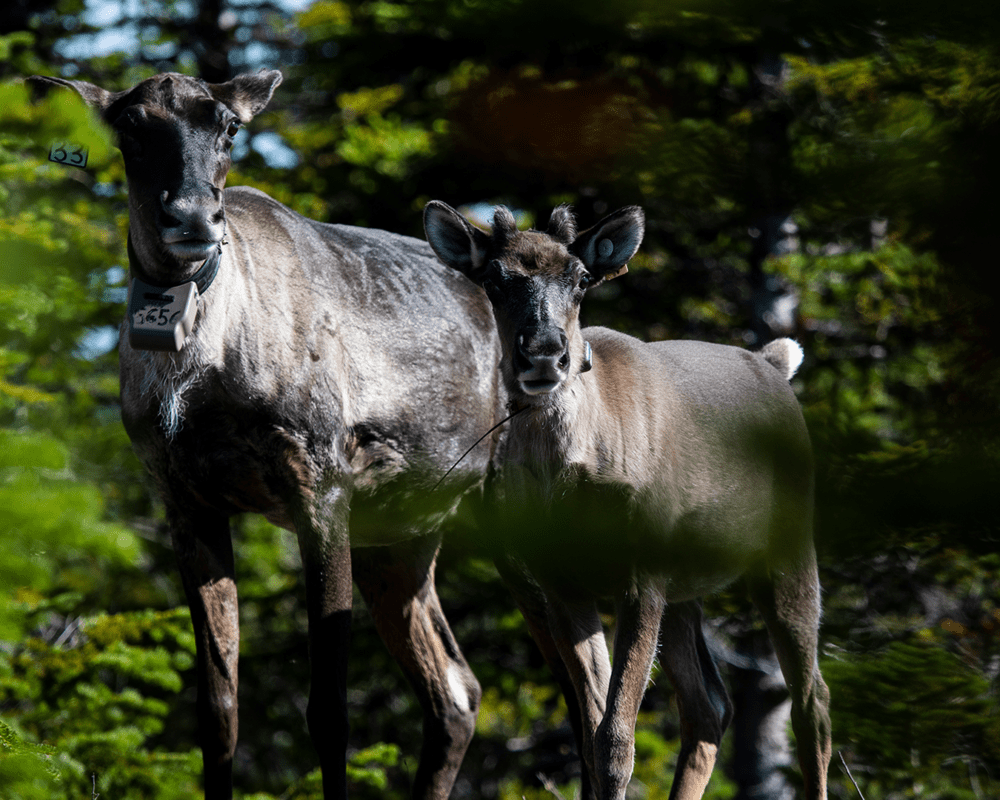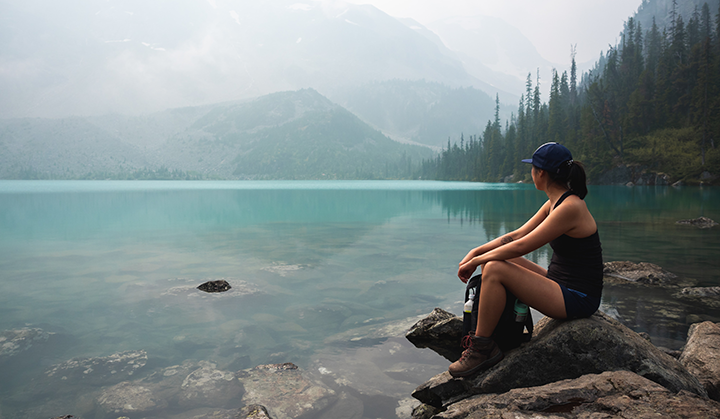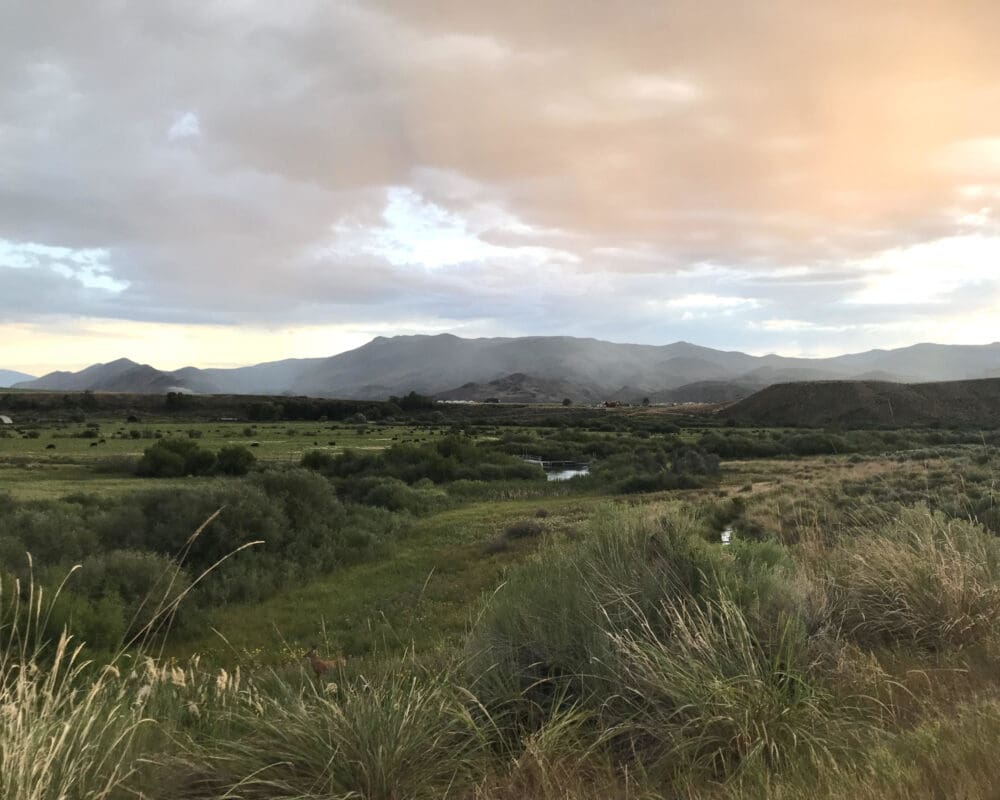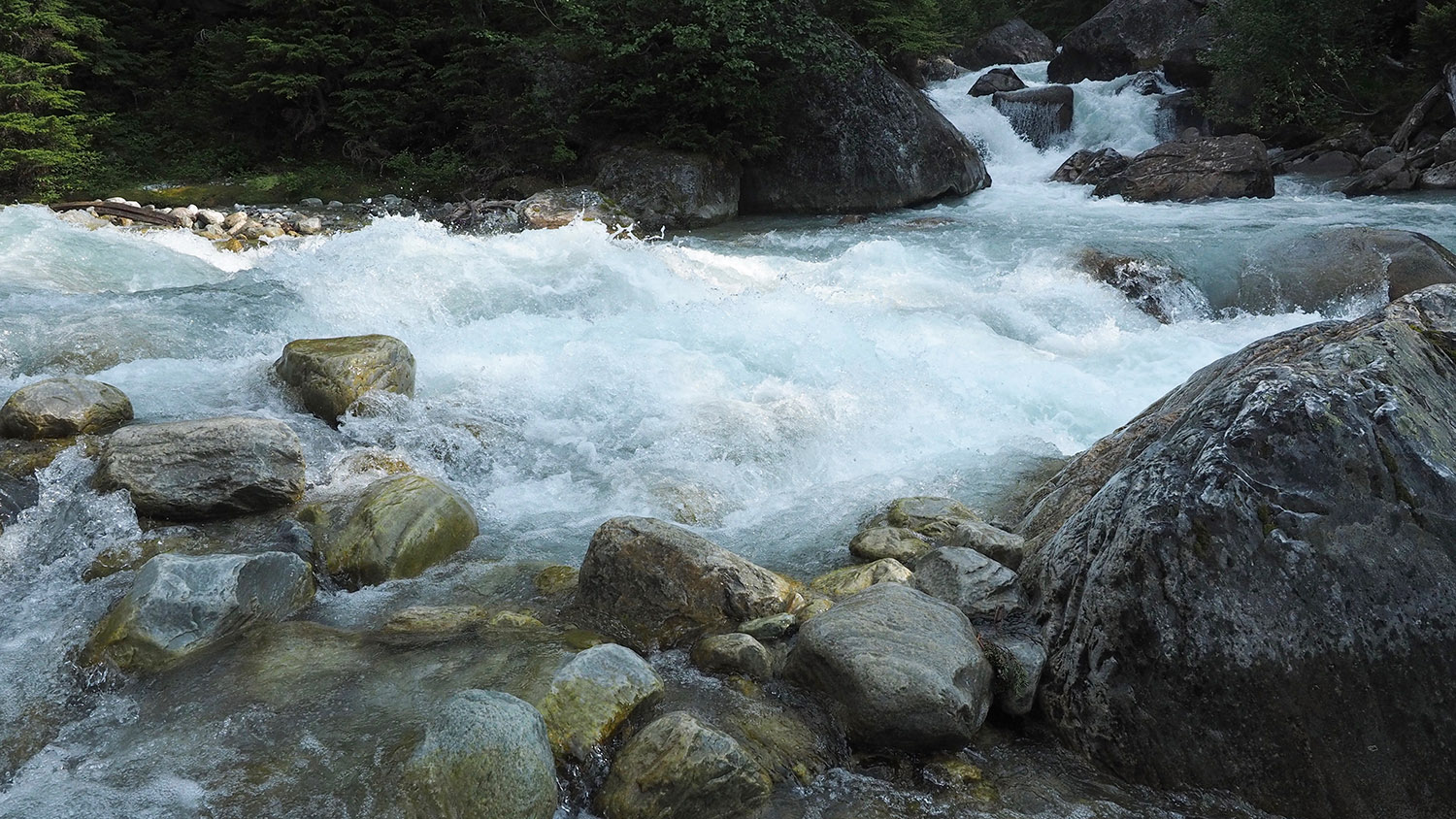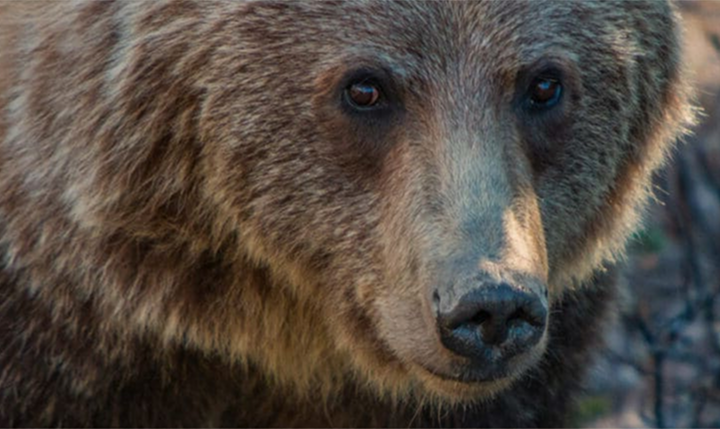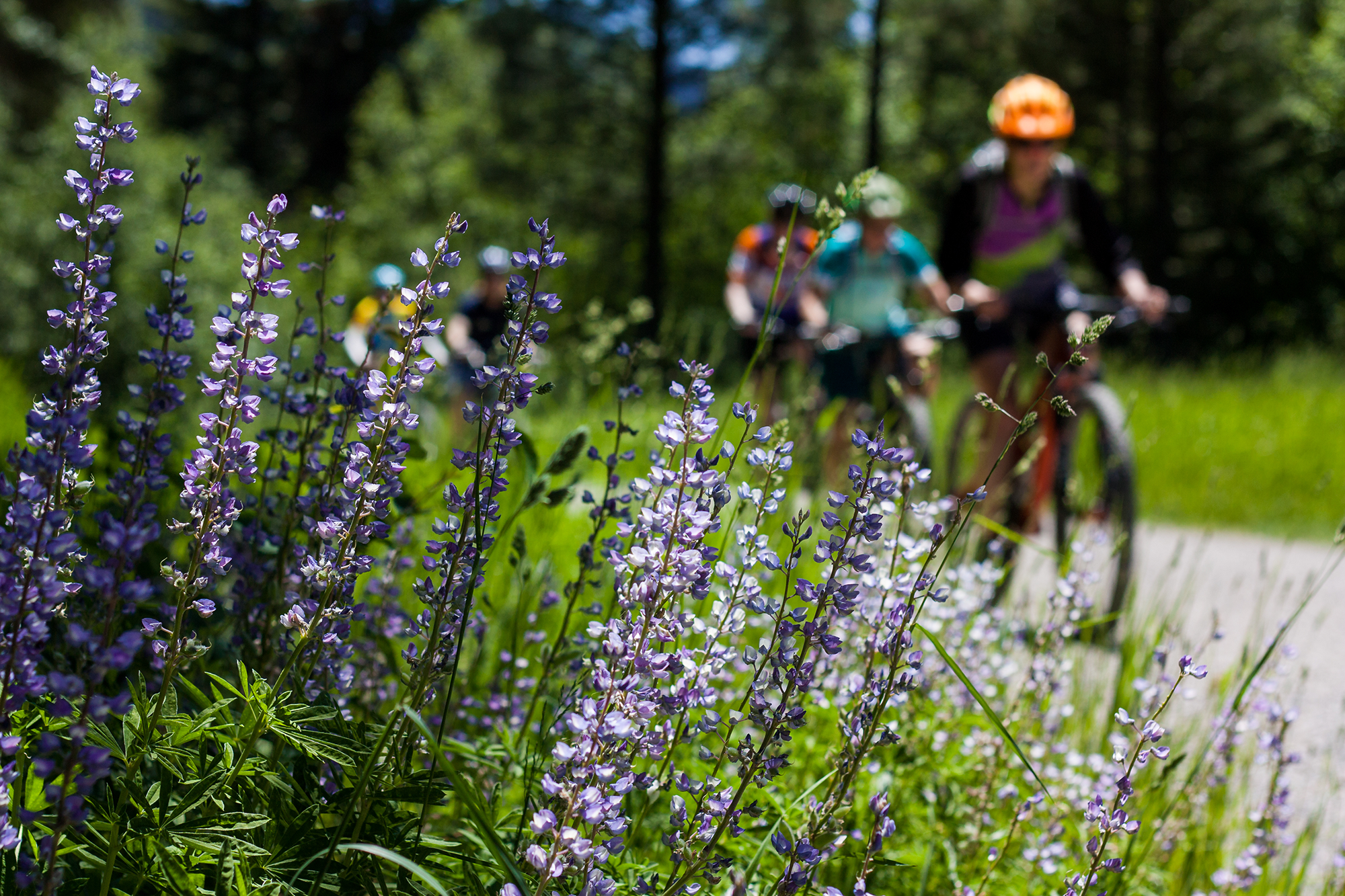Research reveals mountains of Yellowstone to Yukon region the most intact mountainous area on Earth — but lack adequate protection
A new paper highlights the 3,400-kilometer-long Yellowstone to Yukon region up the spine of the Rocky Mountains among the few remaining large mountain areas of connected habitat left on Earth.

